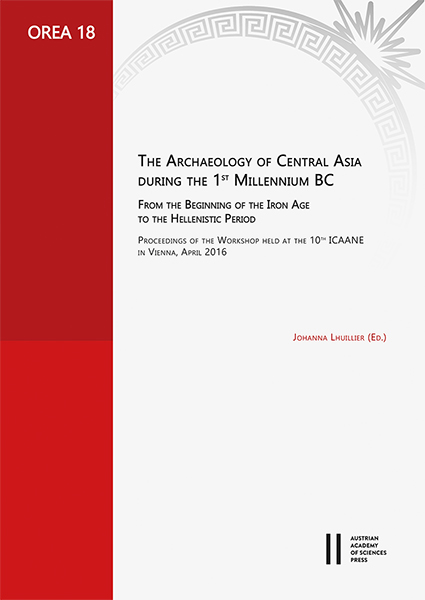
Archaeology of Central Asia during the 1st millennium BC, from the Beginning of the Iron age to the Hellenistic period, pp. 105-128, 2021/12/17
Proceedings from the Workshop held at 10th ICAANE
Throughout its history, the sanctuary of Ai Khanoum hosted a secondary cult in addition to the main onewhich was housed in a repeatedly reconstructed building qualified by the excavators as a ‘chapel’. It had the particularityof being frequently associated with an annexe. This article describes the successive chapels, studies the originsof their plans and furnishings and also seeks to clarify the identity of the divinity to whom they were consecrated. Wecan highlight links with Syria which may be explained by the involvement of the Seleucid kings at the time of thefoundation of Ai Khanoum and the sanctuary itself. The divinity was perhaps thought of as an Artemis, but the fact thatthe cult continued after the fall of Greco-Bactrian power suggests that it was interpreted as an important and popularlocal goddess.
Keywords: Hellenistic Bactria; Ai Khanoum; sanctuary; chapel; Seleucid; Greco-Bactrian; Artemis